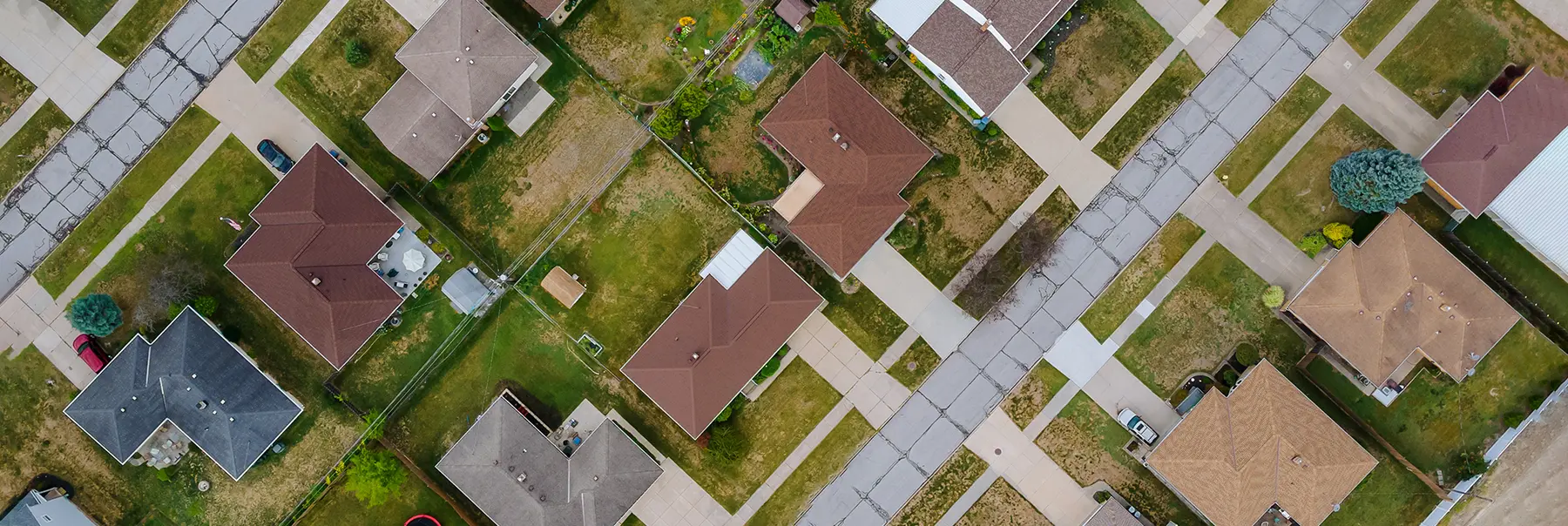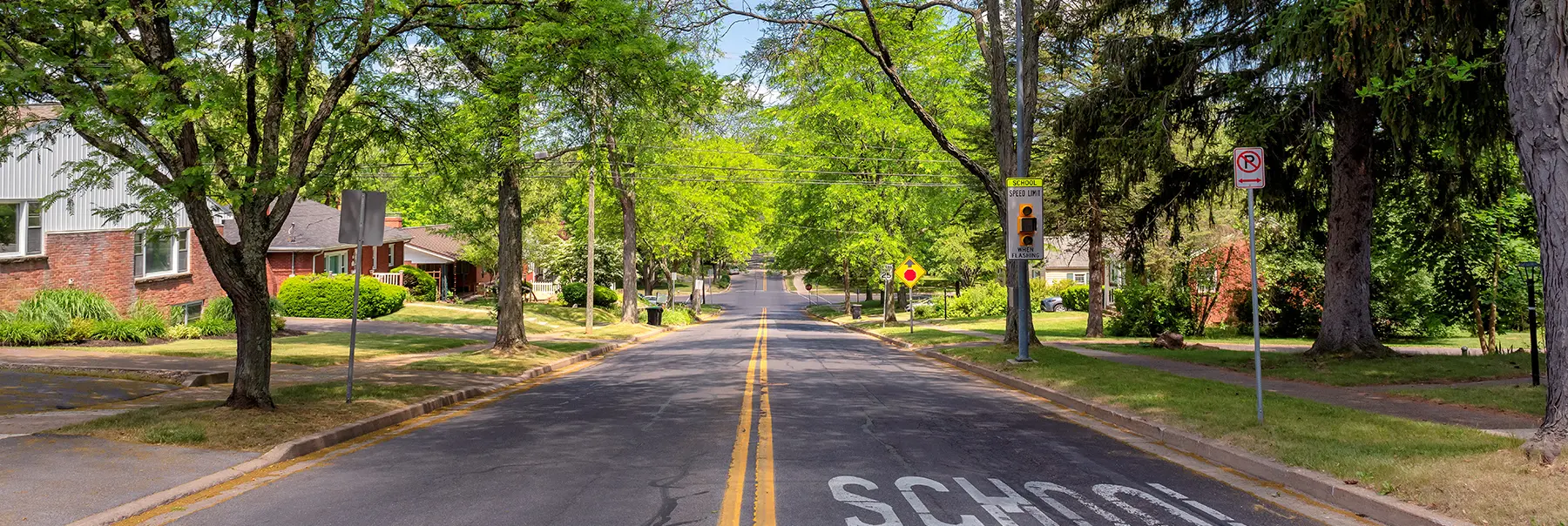Ranking highlights the top housing markets in America
Toledo, Ohio, one of the real estate market areas served by members of Northwest Ohio REALTORS®, ranked number 4 on the Summer 2025 Housing Market Ranking issued jointly by The Wall Street Journal and Realtor.com®.
According to information from The Wall Street Journal and Realtor.com®, “the ranking highlights in-demand metros that are competitive, but with good reason as they offer shoppers a lower cost of living, including for homes, in or near economic hubs. The ranking identifies markets that those considering a home purchase should add to their shortlist–whether the goal is to live in it or rent it as a home to others.”
“This ranking confirms what those of us who live and work here already know—Toledo is an affordable, high-quality place to live, and build a future. Our strong housing market, combined with short commute times, great neighborhoods, and access to amenities, makes northwest Ohio a great option for homebuyers,” said Emily Bailey, President of Northwest Ohio REALTORS®.
Joining Toledo on The Top 10 Summer 2025 Housing Market Ranking are:
- Manchester-Nashua, NH
- Canton-Massillon, OH
- Springfield, MA
- Toledo, OH
- New Haven-Milford, CT
- Lansing-East Lansing, MI
- Worcester, MA
- Appleton, WI
- Rockford, IL
- Hartford, CT
According to the jointly issued report, the index methodology looks at:
The ranking evaluates the 200 most populous core-based statistical areas, as measured by the U.S. Census Bureau, and defined by July 2023 OMB delineation standards for eight indicators across two broad categories: real estate market (60%) and economic health and quality of life (40%). Each market is ranked on a scale of 0 to 100 according to the category indicators, and the overall result is based on the weighted sum of these rankings. The real estate market category indicators are: real estate demand (15%), based on average pageviews per property; real estate supply (15%), based on median days on market for real estate listings; median listing price trend (15%), based on annual price growth over the quarter; property taxes (10%); and climate risk to properties (10%). The economic and quality of life category indicators are: unemployment (5%); wages (5%); regional price parities (5%); the share of foreign born (5%); small businesses (5%); amenities (10%), measured as the average number of stores per specific “everyday splurge” category (coffee, upscale/specialty grocery, home improvement, fitness) per capita in an area; and commute time (5%).






